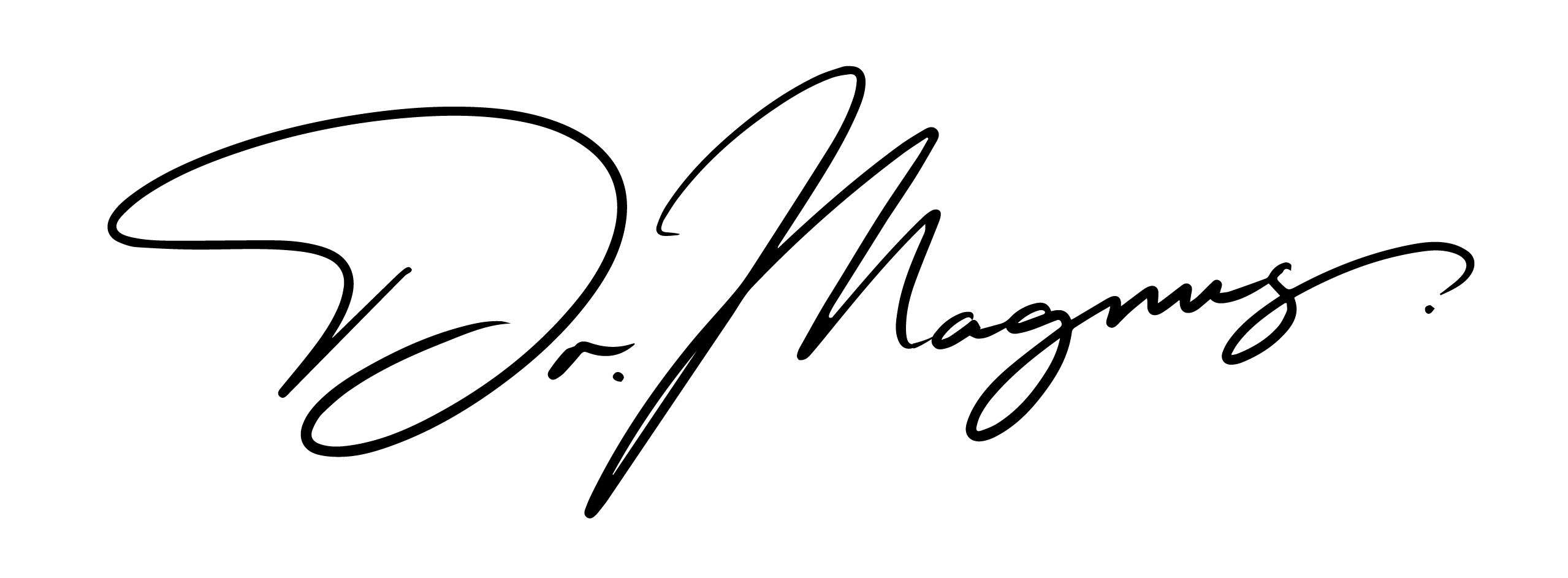Mohs Surgery |

|
 | 12 min read
| 12 min read
Mohs surgery is a specialized procedure employed in the treatment of skin cancers particularly basal cell carcinoma and squamous cell carcinoma. It is of particular value where the cancer has a high risk of recurrence, where the margins are hard to see or where the cancer is situated in cosmetically sensitive areas such as the face where it is desirable to remove as little healthy tissue as possible.
Mohs surgery involves the removal of a thin layer of tissue which forms a 3-dimensional margin around the tumour. This is then examined under a microscope. This process is repeated until only cancer-free tissue remains. The aim is to completely eradicate the cancer while conserving as much healthy tissue as possible.
Other treatment options include:
Dress comfortably and bring along snacks, drinks, and forms of entertainment like books or music to manage the waiting periods comfortably. If possible it is good to have someone accompany you. It is not advisable to take public transport home alone or to drive home.
Mohs Surgery is a staged excision performed over the course of a number of hours. I will begin by numbing the area with local anaesthetic. I will do this gently so you feel minimal discomfort and in most cases I will use long lasting local anaesthetic which will be working for the entire duration of the Mohs procedure.
On average 2-3 stages are required although in some cases more are needed. There will be a period of 1-2 hours of waiting between each stage whilst the technician prepares slides. Rarely the size of the surgical defect may be significantly larger than apparent on the skin surface. It is advisable to bring food/drink and a book or other means of entertainment for these periods of waiting.
Following complete removal of the tumour the site is repaired. This can be achieved by either direct closure (stitching to leave a straight line), secondary intent healing (allowing the wound to heal by itself), a skin graft (taking skin from elsewhere to fill the defect) or a skin flap (making longer cuts to move skin from adjacent areas to fill the wound). Where the skin is closed directly the scar will usually be at least 3 times as long as the original lesion. For skin flap procedures there will also be longer scars.
The site will generally heal well, however risks include bleeding, haematoma formation (blood clot under the surface of the skin which rarely requires drainage), dehiscence (the stitches may come apart requiring a longer period of healing and leaving a larger scar), flap or graft failure requiring a longer period of healing, infection, pain (which rarely may be persistent), unsightly scar - which may be keloid, raised, dipped or different in texture or colour (lighter, darker or redder compared to the adjacent skin), nerve damage, numbness or burning (which rarely can be permanent) and a small risk of recurrence of the tumour.
Rarely, the cancer may be significantly larger than apparent on the skin surface.
When you attend for surgery you will be asked to sign a consent form. Please read this carefully before the procedure.
Following Mohs surgery a dressing will be in place for at least 48 hours. Unless otherwise instructed you will then remove the dressing and follow the following instructions: Postoperative instructions
If stitches have been used these will be removed after 7-10 days. The initial phase of healing will take approximately 2 weeks however the scar will change significantly after this time so don't worry if it appears lumpy, red or uneven. By around 3 months you will have an idea what the final appearance will be like and if there are any concerns we can consider scar revision procedures such as lasers or minor surgery. The scar continues to remodel and improve in appearance for up to 18 months after Mohs surgery.
To book an in person consultation, enter your details below and my practice management team will contact you to schedule the appointment. Alternatively call 0203 389 6076 (calls are answered during working hours) or email: contact@drmagnuslynch.com.